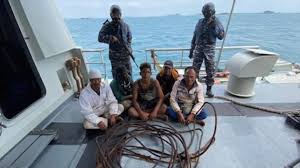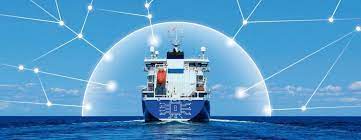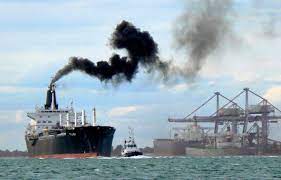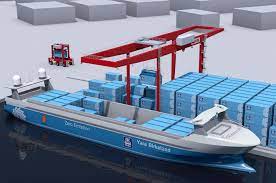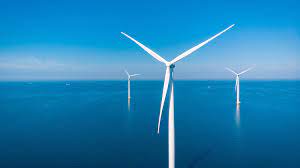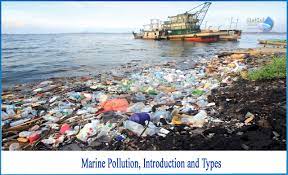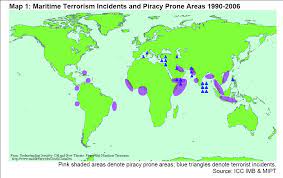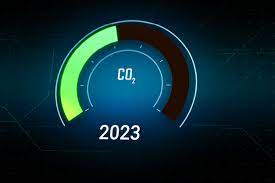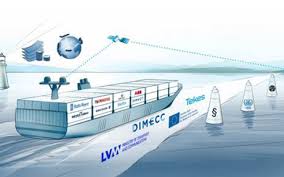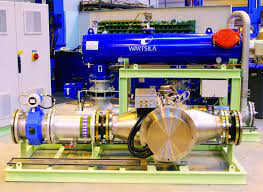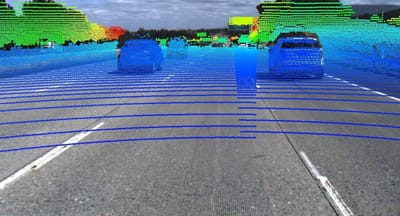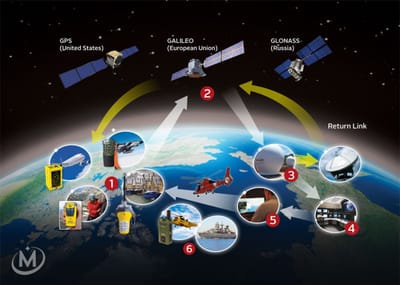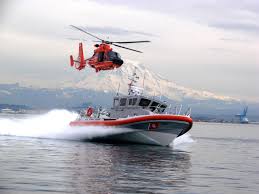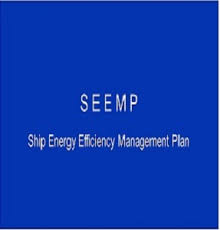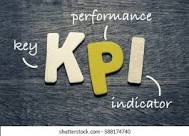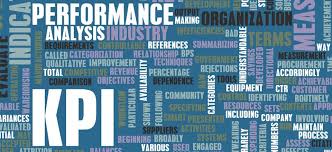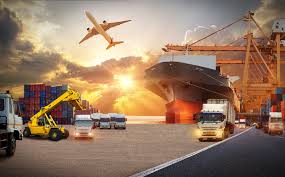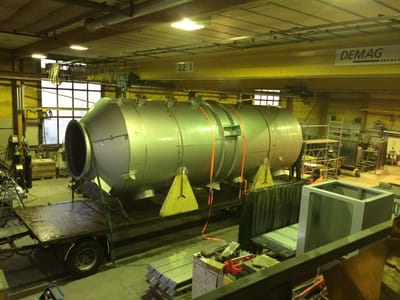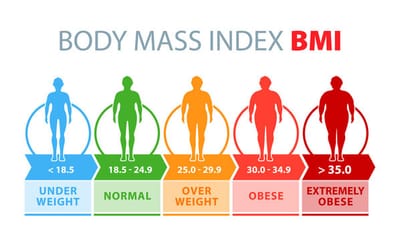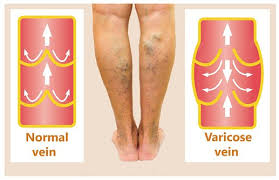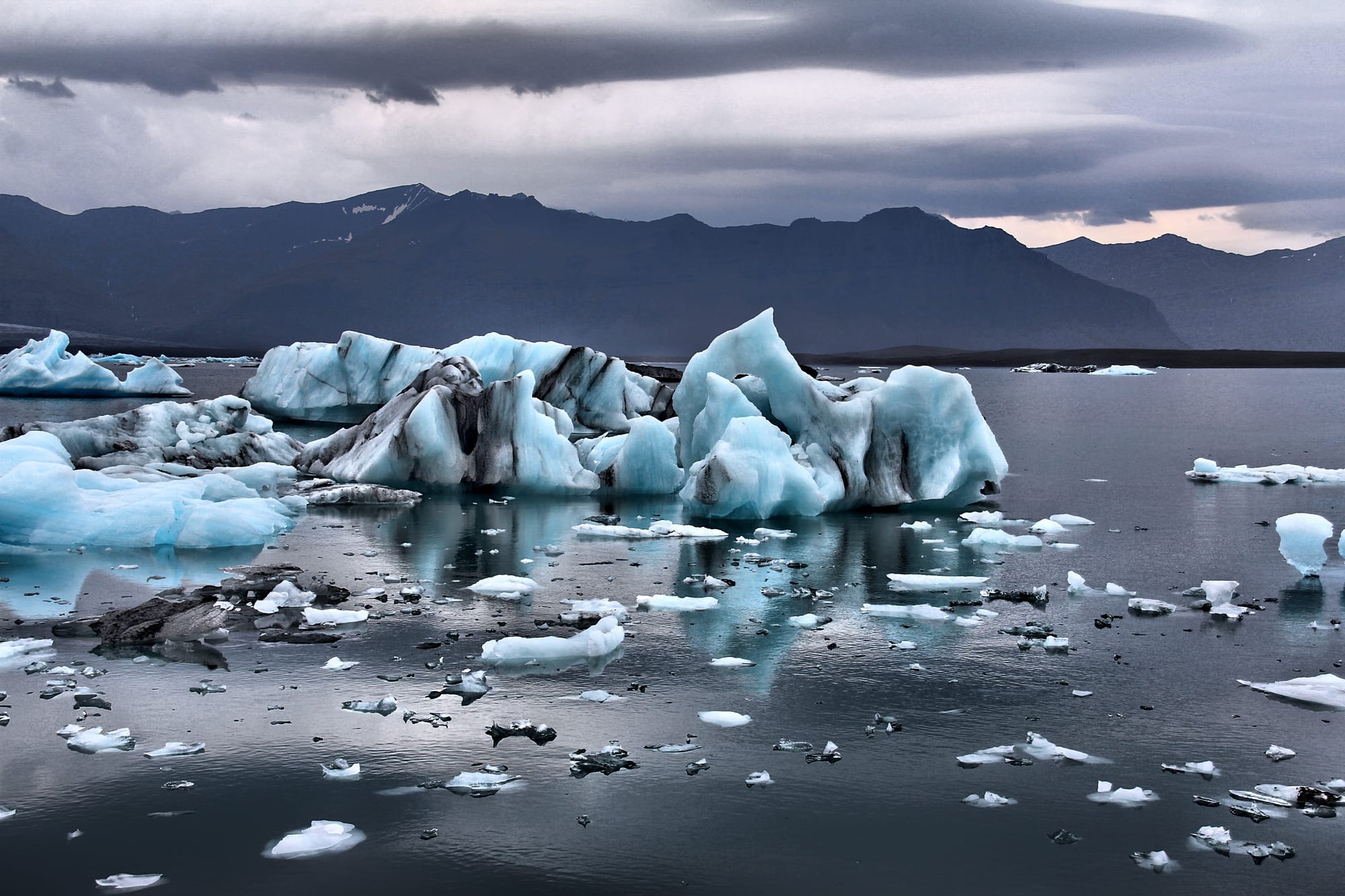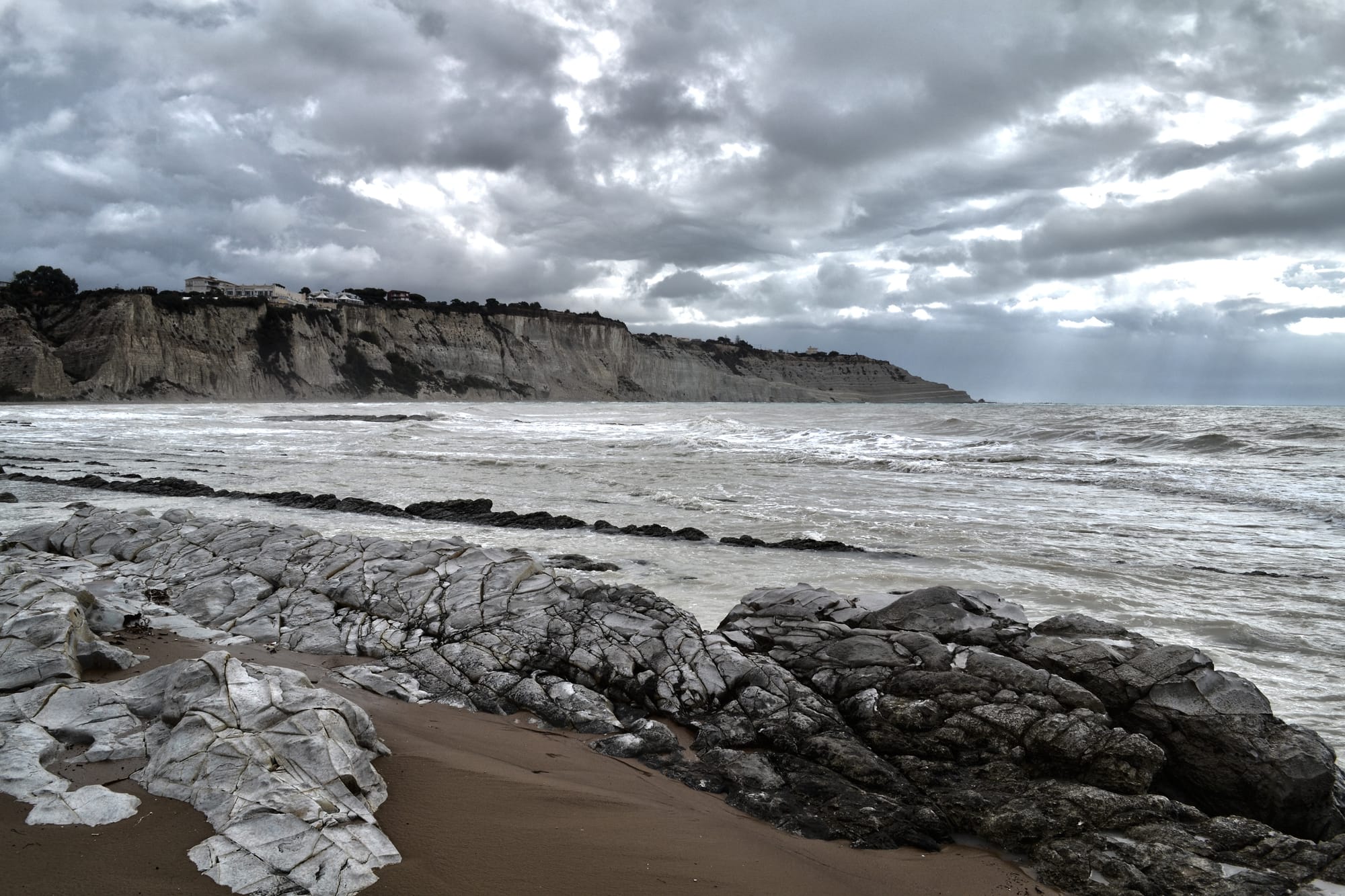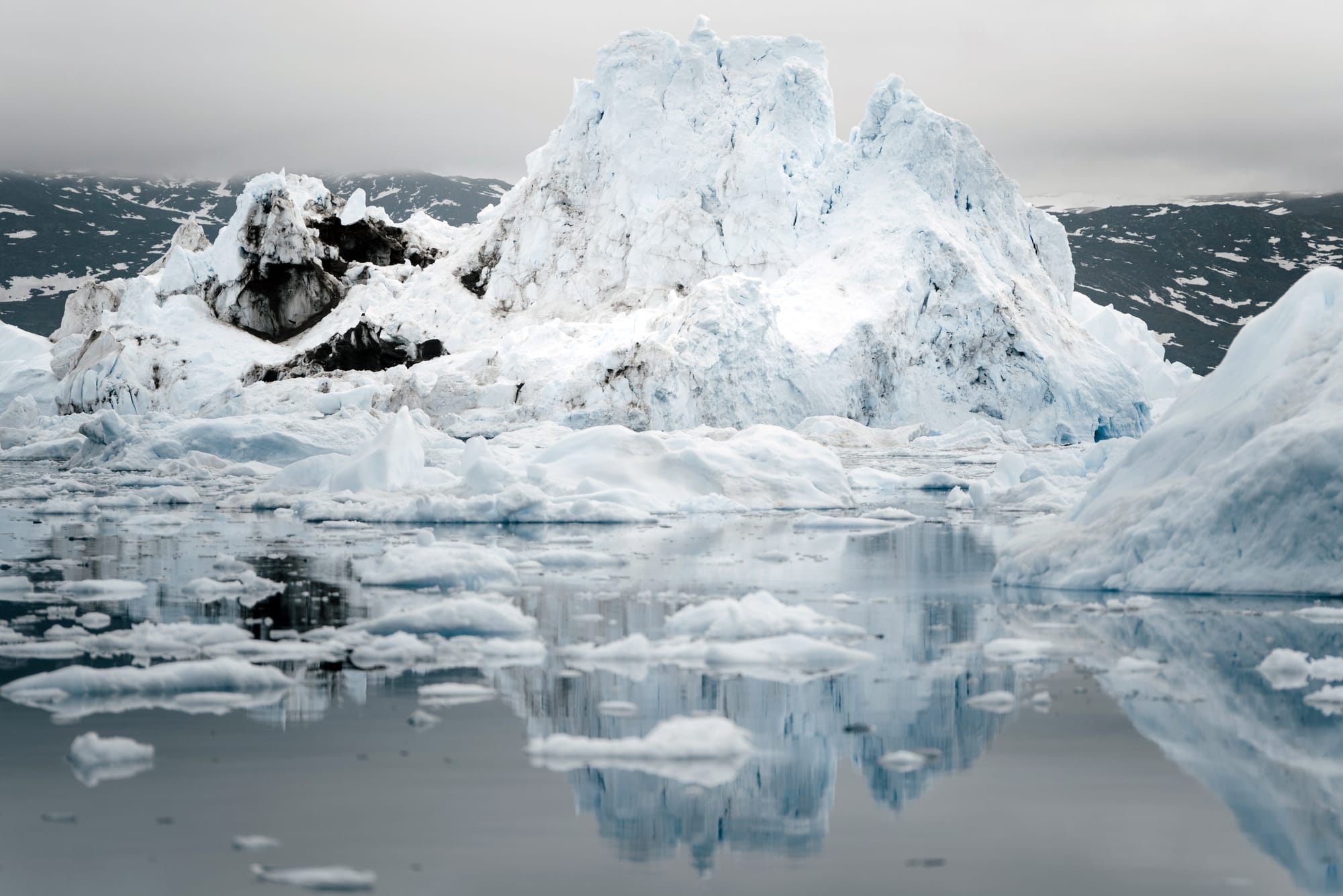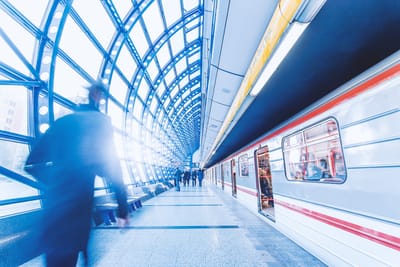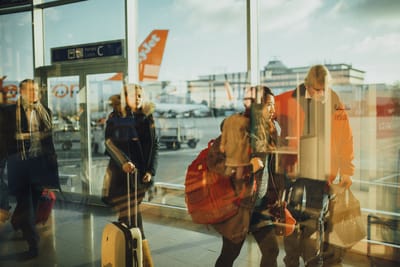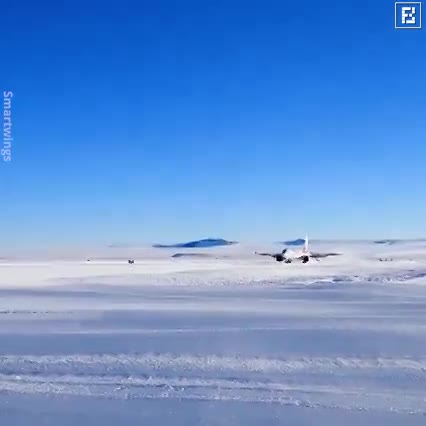Autonomous Shipping
Read MoreCLEANER TRANSPORTATION OF ENERGY
New Title
Assisting the mariners!
Scindia Steam Navigation Company LTd
is a Shipping & Transportation business and activities include but not limited to Supply Chain & Logistics, Insurance (Marine & Personal) Audits, Vessel Inspection & Maritime Training
OUR INSPIRATION
2. Narottam Morarjee
3. Sumati Morararjee
About

It was a sense of professionalism combined with telling concern for the demise of several Shipping companies that we established the company. We are trying to rebuild the same values and cherished by the original founders in India for a sustainable growth.
BOARD OF DIRECTORS
GUIDES & MENTORS
(Late) P.B.K.Menon
GUIDE/GURU
(Late) Shri P.B.K Menon was a True Patriot and Nationalist, Philosopher, Guide/Guru. He was former Senior Executive.
(Late) Dr.K.V.Hariharan
GURU
(Late) Dr.K.V.Hariharan was a Great Teacher, Writer, Academician, Historian and a True Nationalist.
(late) Capt.P. S.Vanchiswar
MENTOR
Capt.P.S.Vanchiswar is a National Asset and Legendry Global Maritime Leader.
SECURITY POLICY
The company is committed to provide a secure working environment, by establishing and maintaining the required security protection measures to prevent unlawful acts against Company Ships, which endanger the safety and security of persons and property on board as well as equivalent measures in office.
The company expects all its employees to comply with the security requirements of the ISPS code as well as the procedures within the Office and Vessel Security Plans at all times. All Employees are expected to be familiar with their relevant security duties and the measures required to protect the Office & Vessels from any unlawful act and to deter Piracy in the Indian Ocean and in all other Piracy Areas, as identified by the Designated local & International Authorities and the Shipping Industry.
OBJECTIVES:
The Company’s principal objectives are to:
- Provide security procedures and practices for the transit and operation of Ships in Piracy Areas in order to facilitate security both underway as well as in Ports and that of the wider community.
- Establish safeguards to reduce security Risk to Crew, Port Personnel and Supernumeraries onboard Company Vessels.
- Establish safeguards to reduce security risks in Office affecting Company Personnel.
- Support the transit and operation of the ships in Piracy Areas by employing extra security measures where necessary such as Armed Guards, Security Escort Vessels e.t.c.
- Improve the security skills and awareness of Company Personnel ashore and Onboard.
- Prepare contingency measures for emergencies relating to possible security incidents both in Office as well as Onboard.
- Issuing a Ship Security Assessment and a Ship Security Plan specific for each individual Vessel.
- Developing an Office Security Plan based on relevant Security Assessment.
- Complying with Industry Guidelines as stipulated in TMSA3, BMPS & Regional Security Guides.
- Comprehensive training of all Company Personal.
- Screening of Private Maritime Security Contractors (PMSC)
- Actively promoting security awareness amongst all Company Personnel in Office & Outboard.
- Conducting regular documented Reviews and internal Audits of Office & Vessel Security Procedures and Plans, in order to allow for constant update and improvement to the Office & Ship Security Plans.
The Master has the Ultimate Authority and responsibility to take decisions, which in his professional judgment, as Master, are necessary to maintain the Safety and Security of the Ship. If in the professional judgment of the Master, a conflict between any Safety and Security requirements applicable to the ship arises during its operations, the Master shall give effect to those requirements necessary to maintain the Safety of the Ship. In such cases, the Master shall implement temporary Security Measures and shall forthwith inform the Administration and, if appropriate, the Contracting Government in whose port the ship is operating or intends to enter. Any such temporary Security Measures under this regime shall, to the highest possible degree, be commensurate with the prevailing Security Level.
Signed BY CEO Digitally
Research
Maritime Cyber Risk, Autonomous Shipping and E-Navigation
Read MoreReducing Exhaust Gas Emissions GHG, NOx, SOx, PMs
Read MoreAutonomous and Remotely controlled vessels (Law issues, maintainability, Reliability, Safety and Security)
Read MoreWind energy as renewable energy source (Wave Current, Tidal salinity are no effective alternative till now).
Read MoreDigitisation, big data, digital twins development for all processes.
Read MoreReducing sea pollutions (Oily waters, sewage waters, ballast waters)
Read MoreTerrorism, Piracy and cyber security prevention and protection
Read MoreIncreasing Load capacities of the ships and its impact on CII with respect to types of fuel used
Read MoreChallenges and opportunities
Read MoreServices
Audits & Inspections
Audits and Inspections
Education & Training
Training is provided to worldwide mariners through our advanced proprietary E-Learning Platforms and at some locations in the classrooms.
Learn MoreSocio Medical Services
We work with patients and their families in need of psychosocial help.
Learn MoreCommodities
We deal in Energy, Metal Livestock & Meat and Agricultural products.
International Trading
We are engaged in Export and Import of various items from several countries.
Chartering
We have a small dedicated, professional team of Chartered Shipbrokers, duly qualified and experienced in chartering of ships & maritime assets.
DHI ADHYAYANA
A VEDIC LEARNING METHODOLOGY,TECHNIQUE & PHILOSOPHY INVENTED AND PRACTICED BY THE FOUNDER OF THE TRUST.
DHI ADHYAYANA-
Its a Unique way of imparting the knowledge through Vedic style which incorporates in its methodology elements of 'understanding', 'reflection', 'religious thought', 'mind', 'design', 'intelligence', 'opinion', 'meditation', 'imagination', 'notion', and 'intellect'.
Having the insight Knowledge that is inspiring and awakening which allows us to be discussed for creating a Apêksh (Hope).
By discussing with the concepts of desires and wishes, that is Be-jod (Unique) and Navapravartana (innovative), having a Drishti (Vision) that leads to a Udayana (conclusion), through Preran ban kar (becoming motivated) and presenting reason or reasoning, that is positive leads to success, knowledge & Prosperity in a unique way.
By adopting innovation that has a vision leading to conclusion through motivation and empowering, takes us to the path of progress and through practice leads us into the path of Moksha or the Ultimate.
Meaning of Dhi and Adhyayana
The word अध्यापन Adhyāpana is a causal word of अध्ययन Adhyayana which in Sanskrit usually means learning or reading or studying. The distinctiveness of this word is that it not only refers to learning or reading or studying but it explains what exactly is meant by learning. It incorporates in it GYANAM (Sanskrit word meaning Knowledge), JAGRUT KARNE (Sanskrit word meaning Inspiring)
TRANSPORTATION RESEARCH BOARD Articles
Exploring Public Perception Toward Travel and COVID-19 Preventive Measures: Insights From the Early Stages of Lockdown in India
Read MoreLong-Term Traffic Forecast Using Neural Network and Seasonal Autoregressive Integrated Moving Average: Case of a Container Port
Read MoreQuantitative Assessment on Navigation Impact of the Controlled Waterway in the Upper Yangtze River Using Queuing Model
Read MoreFuzzy Multiple-Criteria Decision Making Based Evaluation of the Incident Analysis Forms Used in Internal Reporting Systems: A Case Study of Tanker Shipping Companies
Read MoreInter-Port Competition and Cooperation Under Different Market Environments
Read MoreNEW TECHNOLOGIES
Articles
Articles FOR MARINERS (SELF-HELP)
Online Courses (SCIENCES)
Online Courses (ENGINEERING)
Online Courses MEDICINE
Online Courses (MARINER'S SKILL DEVELOPMENT)
Online Courses (OFFSHORE)
Course Content
SCAFFOLDING
0 Lessons
Online Courses (SOFTSKILLS)
How can we help you?
- Registered Office- 71-75 Shelton Street, Covent Garden, London WC2H 9JQ, United Kingdom
- +44-7401240274
- admin@scindiagroup.org
- 0900 AM to 1800 PM UTC
Scandia Steam Navigation Company (U.K) is a Shipping & Transportation company based at London, United Kingdom, Supply Chain & Logistics, Audits & Vessel Inspection, Maritime Training
Download App
This is the Download App tool. You can use it to let people download your app from online app services. To set the links for download, click on Edit and type the URLs for the desired app stores. You can also add a Description to your app. Now you can visualise the icons to the app stores on your new page.
Blog
MARITIME Forum
Events
F.A.Q
What is effective date for implementation of EEDI, MARPOL-6, Phase 3 Requirements.
1. Fuel Sampling & Testing
2.Testing
Implementation date 01 APRIL 2022
Regulation 23,25,28
Implementation date 01 NOVEMBER 2022, Article 328/71
Carbon Intensity Indicator
CO2 EMMISION
CII = -----------------
TRANSPORT WORK
The CARBON INTENSITY INDICATOR (CII) is a measure of how efficiently a ship transports goods or passengers and is given in grams of CO2 emitted per cargo-Carrying capacity and nautical miles. Applies to ALL Ships above 5000 GRT of the following ship types: Bulk Carriers, Gas Carriers, Tankers, Container Ships, General cargo Vessels, Ro-Ro passenger vessels and cruise ships.
List of amendments expected to enter into force this year (2022) and in the coming years
Adopted by MEPC 75:
Amendments to BWM Convention
- Amendments to the International Convention for the Control and Management of Ships' Ballast Water and Sediments, 2004 (BWM Convention), concerning commissioning testing of ballast water management systems and the form of the International Ballast Water Management Certificate.
1 June 2022 - IMDG Code 40-20
Adopted by MSC 102:
- Amendments to the International Maritime Dangerous Goods Code (IMDG Code) (amendment 40-20) related to segregation requirements for alcoholates; segregation in relation to liquid organic substances; classification and transport of carbon, following incidents involving the spontaneous ignition of charcoal; classification of UN portable tanks for multimodal transport; and provisions for labels.
Adopted by MEPC 76
- Entry into force of Revised MARPOL Annex VI - including carbon intensity measures (requirements for ships to calculate their Energy Efficiency Existing Ship Index (EEXI) following technical means to improve their energy efficiency and to establish their annual operational carbon intensity indicator (CII) and CII rating - read more)
- Entry into force of amendments to MARPOL Annex I (addition of a new regulation 43A) to introduce a prohibition on the use and carriage for use as fuel of heavy fuel oil (HFO) by ships in Arctic waters on and after 1 July 2024. The prohibition will cover the use and carriage for use as fuel of oils having a density at 15°C higher than 900 kg/m3 or a kinematic viscosity at 50°C higher than 180 mm2/s. Ships engaged in securing the safety of ships, or in search and rescue operations, and ships dedicated to oil spill preparedness and response would be exempted. Ships which meet certain construction standards with regard to oil fuel tank protection would need to comply on and after 1 July 2029. A Party to MARPOL with a coastline bordering Arctic waters may temporarily waive the requirements for ships flying its flag while operating in waters subject to that Party's sovereignty or jurisdiction, up to 1 July 2029.
- Entry into force of amendments to MARPOL Annexes I and IV concerning the exemption of UNSP barges from survey and certification requirements. The amendment specifies that the Administration may exempt a UNSP barge from the annual survey and certification requirements, for a period not exceeding 5 years provided that the UNSP barge has undergone a survey to confirm that certain conditions are met. The amendments also provide the form for the International Oil Pollution Exemption Certificate for Unmanned Non-self-propelled Barges.
Entry into effect of carbon intensity measures including CII (read more)
- On or before 1 January 2023, the Ship Energy Efficiency Management Plan (SEEMP) shall include methodology for calculating the ship's attained annual operational CII and the required annual operational CII.
- Operational CII - After the end of calendar year 2023 and after the end of each following calendar year, each ship of 5,000 gross tonnage and above, shall calculate the attained annual operational CII over a 12-month period from 1 January to 31 December for the preceding calendar year.
- The Attained annual operational CII shall be documented and verified against the required annual operational CII to determine operational carbon intensity rating A, B, C, D or E, indicating a major superior, minor superior, moderate, minor inferior, or inferior performance level, either by the Administration or by any organization duly authorized by it.
- A ship rated D for 3 consecutive years or rated as E shall develop a plan of corrective actions to achieve the required annual operational CII.
Adopted by MSC 103:
- Amendments to International Convention on Standards of Training, Certification and Watchkeeping for Seafarers (STCW), adding the definition of "high-voltage" in STCW regulation I/1.
- Amendments to section A-I/1 of the STCW Code, including the capacity "electro-technical officer" in the definition of "operational level", as a consequential amendment to the introduction of this capacity as part of the 2010 Manila Amendments.
- Amendments to the International Code on the Enhanced Programme of Inspections during Surveys of Bulk Carriers and Oil Tankers, 2011 (ESP Code), relating to thickness measurements at the first renewal survey of double hull oil tanker.
Adopted by MEPC 76: AFS
- Amendments to the IMO Convention for the Control of Harmful Anti-fouling Systems on Ships (AFS Convention), to include controls on the biocide cybutryne. Ships shall not apply or re-apply anti-fouling systems containing this substance from 1 January 2023. Ships shall remove or apply a coating to AFS with this substance at the next scheduled renewal of the anti-fouling system after 1 January 2023, but no later than 60 months following the last application to the ship of an anti-fouling system containing cybutryne.
Adopted by MEPC 78:
- MARPOL Annex II, updating the abbreviated legend to the revised GESAMP Hazard Evaluation Procedure.
Adopted by MSC 105:
- Updates to the International Maritime Solid Bulk Cargoes (IMSBC) Code, to include new definitions (including an updated definition for group A cargoes), references and requirements for cargoes which may undergo dynamic separation. Section 7 will be amended to cover cargoes which may liquefy or undergo dynamic separation. The section aims to bring attention to the risks associated with liquefaction or dynamic separation and the precautions to minimize the risk. This follows research by the Global Bauxite Working Group, which identified a new phenomenon affecting some bauxite cargoes, known as dynamic separation, which can cause instability of cargo and ship. Other IMSBC Code amendments relate to updates to individual schedules and new individual schedules. Contracting Governments to the SOLAS Convention are invited to apply them from 1 January 2023 on a voluntary basis.
Adopted by MSC 105:
- Following a comprehensive review of the Global Maritime Distress and Safety System (GMDSS), the MSC adopted a set of amendments to complete the work on modernization of the GMDSS and to enable the future use of modern communication systems in the GMDSS whilst removing obsolete requirements. The amendments are expected to enter into force on 1 January 2024. They include amendments to SOLAS chapters II-1, III, IV and V, and the appendix (Certificates); the 1988 SOLAS Protocol; the 1994 and 2000 HSC Codes; the 1983 and 2008 SPS Codes; and the 1979, 1989 and 2009 MODU Codes. The MSC also adopted a substantial number of amendments or revisions to existing related resolutions and guidelines, including performance standards for relevant equipment. The amendments and related resolutions and guidelines were approved at the MSC 104 session.
Adopted by MSC 101:
- Amendments to the appendix to the annex to the 1974 SOLAS, concerning the addition of a footnote to Forms C, E and P in the Records of Equipment.
- Amendments to chapter 15 of the International Code for Fire Safety Systems (FSS Code), relating to inert gas systems.
- Amendments to parts A and A-1 of the International Code of Safety for Ships using Gases or other Low-flashpoint Fuels (IGF Code), including those relating to regulations on loading limit for liquefied gas fuel tanks, regulations for fuel distribution outside of machinery space, regulations for internal combustion engines of piston type and fire protection for fuel storage hold space; and amendments relating to the protection of the fuel supply for liquefied gas fuel tanks, aimed at preventing explosions.
- Amendments to chapters IV and VI of the International Life-Saving Appliance Code (LSA Code), relating to general requirements for lifeboats and launching and embarkation appliances.
- Amendments to chapter II-1 of the International Convention for the Safety of Life at Sea (SOLAS), related to towing and mooring. The amendments to SOLAS regulation II-1/3-8 (Towing and mooring equipment), require appropriate and safe-to-use designs of mooring arrangements, and introduce a maintenance and inspection regime, as well as proper documentation. Related guidelines were also adopted, covering the design of mooring arrangements and the selection of appropriate mooring equipment and fittings for safe mooring; and inspection and maintenance of mooring equipment including lines; as well as revised guidance on shipboard towing and mooring equipment.
- Amendments to parts B-1, B-2 and B-4 of SOLAS chapter II-1 related to watertight integrity requirements. The amendments are expected to enter into force on 1 January 2024.
- Amendments to the International Code of Safety for Ships using Gases or other Low-flashpoint Fuels (IGF Code), related to the fuel containment systems, fire safety, welding of metallic materials and non-destructive testing.
- Amendments to the International Code for the Construction and Equipment of Ships Carrying Liquefied Gases in Bulk (IGC Code), related to welding procedure tests for cargo tanks and process pressure vessels.
- New SOLAS regulation II-1/25-1, requiring water level detectors on multiple hold cargo ships other than bulk carriers and tankers.
- Amendments to SOLAS regulation III/33 and the LSA Code, aiming to remove the applicability of the requirements to launch free-fall lifeboats to test their strength with the ship making headway at speeds up to 5 knots in calm water on cargo ships of 20,000 GT and above.
- Chapter 9 of the International Code for Fire Safety Systems (FSS Code), relating to fault isolation requirements for individually identifiable fire detector systems installed, in lieu of section identifiable fire detector systems on cargo ships and passenger ship cabin balconies; and clarifying the acceptability of less complex and costly section identifiable fault isolation for individually identifiable fire detector system on cabin balconies; and clarifying the acceptability of less complex and costly section identifiable fault isolation for individually identifiable fire detector systems.
- A minor amendment to chapter II (Conditions of assignment of freeboard), as well as amendments to chapter III (Freeboards) of annex I (Regulations for determining load lines) of Annex B to the 1988 Load Lines Protocol, concerning watertight doors on cargo ships, and associated amendments concerning watertight doors on cargo ships to chapter 2 (Ship survival capability and location of cargo tanks) of the International Code of the Construction and Equipment of Ships Carrying Liquefied Gases in Bulk (IGC Code).
- Updates to the International Maritime Dangerous Goods (IMDG) Code, in line with the updates to the United Nations Recommendations on the Transport of Dangerous Goods, which set the recommendations for all transport modes. Contracting Governments to the SOLAS Convention are invited to apply the amendments from 1 January 2023 on a voluntary basis.
Adopted by MEPC 78:
- MARPOL Annex I in relation to watertight doors.
Adopted by MEPC 76
- Entry into effect of amendments to MARPOL Annex I (addition of a new regulation 43A) to introduce a prohibition on the use and carriage for use as fuel of heavy fuel oil (HFO) by ships in Arctic waters on and after 1 July 2024. The prohibition will cover the use and carriage for use as fuel of oils having a density at 15°C higher than 900 kg/m3 or a kinematic viscosity at 50°C higher than 180 mm2/s. Ships engaged in securing the safety of ships, or in search and rescue operations, and ships dedicated to oil spill preparedness and response would be exempted. Ships which meet certain construction standards with regard to oil fuel tank protection would need to comply on and after 1 July 2029. A Party to MARPOL with a coastline bordering Arctic waters may temporarily waive the requirements for ships flying its flag while operating in waters subject to that Party's sovereignty or jurisdiction, up to 1 July 2029.
1 July 2024 - IBC Code Adopted by MEPC 78:
- Amendements to International Code for the Construction and Equipment of Ships Carrying Dangerous Chemicals in Bulk (IBC Code) related to watertight doors
Conventions
List of Conventions Status of Conventions Action Dates
What is Navigational Skills assessment Program
What are the findings of Certifying Navigational Skills: A Video-based Study on Assessments in Simulated Environments
What is MEOSAR
How many MEOSAR satellites are there?
| Number of active satellites | 17/24 | 2/24 |
| Number of orbital planes | 6 | 3 |
| Orbital inclination | 55º | 64º |
| Orbital altitude | 20,180 km | 19,140 km |
Is MEOSAR operational?
SEEMP (Ship Energy Efficiency Management Plan)
Energy Efficiency Operational Indicator (EEOI)
The Ship Energy Efficiency Management Plan (SEEMP) is an operational measure that establishes a mechanism to improve the energy efficiency of a ship in a cost-effective manner.
IS 'ALARP' is enough in Management of & Risk assessment on board a vessel?
ALARP, or ALARA, is a principle in the regulation and management of safety-critical and safety-involved systems. The principle is that the residual risk shall be reduced as far as reasonably practicable. In UK and NZ Health and Safety law, it is equivalent to SFAIRP.
Testimonials
Press
LOOK AT THE HORIZON
GREAT THINGS ARE COMING AHEAD!

